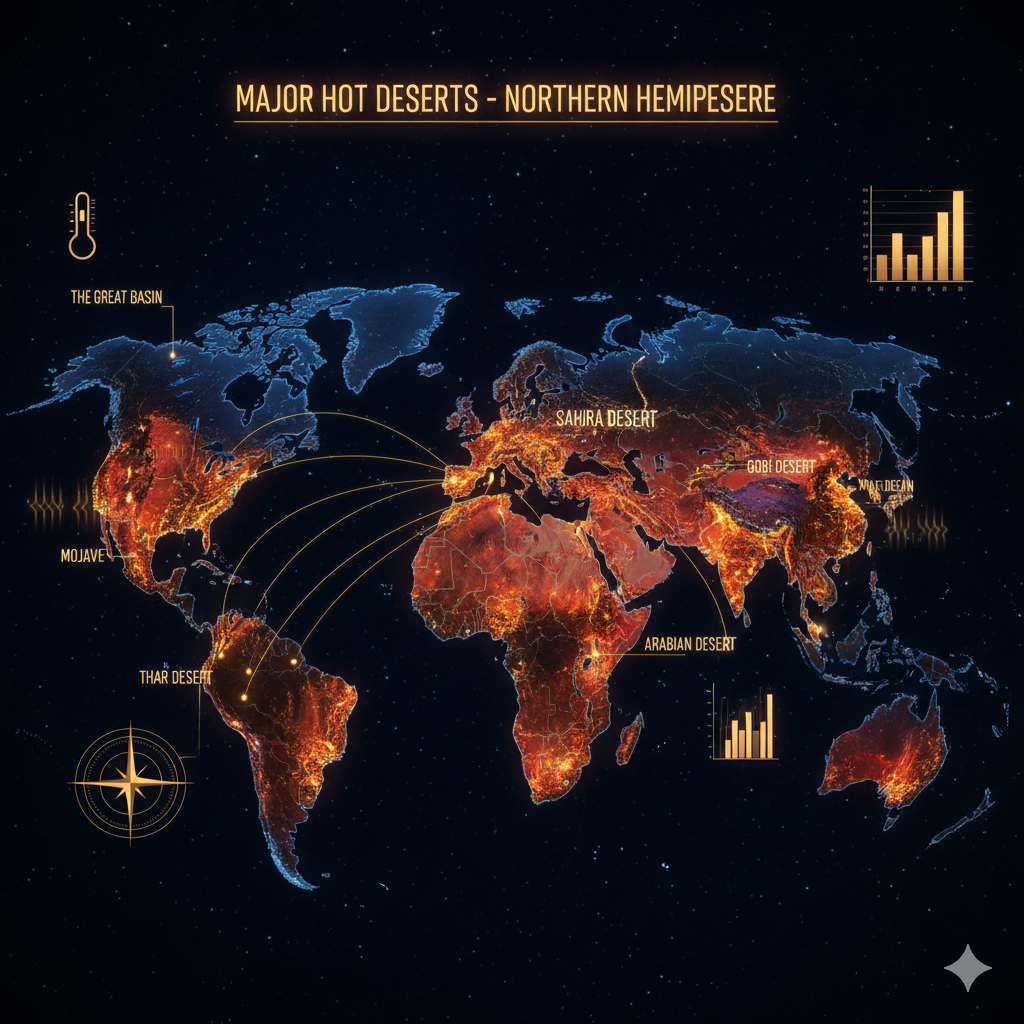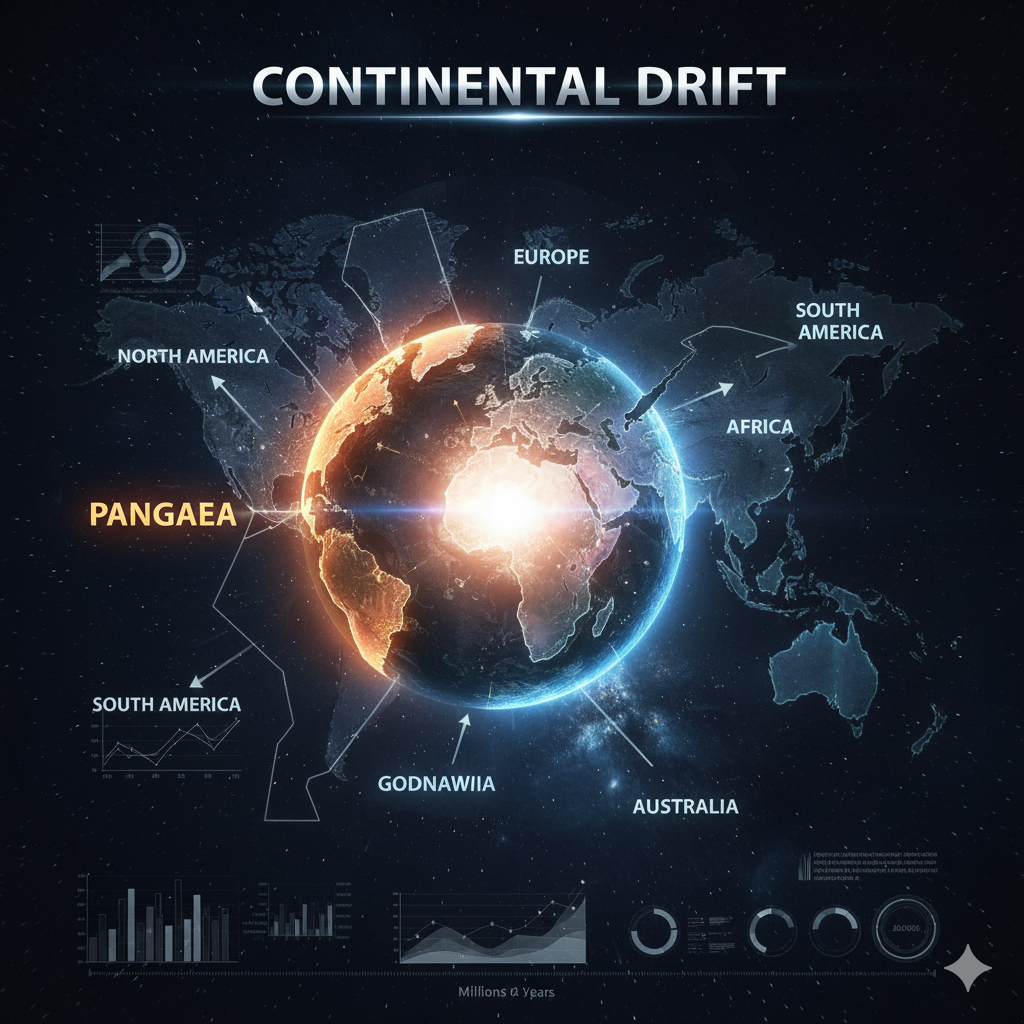Introduction
Rivers have played a crucial role in shaping civilizations, cultures, and economies throughout history. In the United States, rivers are more than just geographical features; they are lifelines that connect regions, sustain agriculture, enable transportation, generate energy, and support industries. From the mighty Mississippi to the rapid Colorado and the vast Columbia, rivers influence every aspect of American life. They not only determine settlement patterns but also drive economic growth by serving as trade routes, sources of freshwater, and providers of hydroelectric power.
This article explores the major rivers of the USA and highlights their economic importance across agriculture, transportation, industry, energy production, and tourism.
1. The Mississippi River
Geographic Overview
- Length: About 3,766 km (2,340 miles), making it the second-longest river in North America.
- Source: Lake Itasca, Minnesota
- Mouth: Gulf of Mexico
- Basin: Covers 31 U.S. states and two Canadian provinces.
Economic Importance
- Transportation & Trade
- Known as the “spine of America,” it supports one of the world’s largest inland waterways.
- The Mississippi River System carries 500 million tons of freight annually, including grain, coal, petroleum, and chemicals.
- Major ports: New Orleans, Baton Rouge, and St. Louis.
- Agriculture
- The Mississippi basin is called the “breadbasket of America.”
- Supports crops like corn, soybeans, wheat, and cotton.
- Energy
- Provides locations for hydroelectric plants and cooling water for thermal power stations.
- Provides locations for hydroelectric plants and cooling water for thermal power stations.
- Tourism & Culture
- Famous for river cruises and historical towns along its banks.
- Immortalized in literature by Mark Twain.
2. The Missouri River
Geographic Overview
- Length: 3,767 km (2,341 miles) – the longest river in North America.
- Source: Rocky Mountains, Montana.
- Confluence: Joins the Mississippi at St. Louis, Missouri.
Economic Importance
- Agricultural Irrigation
- Waters the Great Plains, supporting wheat, maize, and livestock farming.
- Waters the Great Plains, supporting wheat, maize, and livestock farming.
- Transportation
- Historically vital for westward expansion, connecting remote areas to markets.
- Historically vital for westward expansion, connecting remote areas to markets.
- Hydropower & Dams
- Dams like Fort Peck and Garrison generate electricity and control floods.
- Dams like Fort Peck and Garrison generate electricity and control floods.
- Tourism
- Recreational fishing, boating, and wildlife conservation boost local economies.
3. The Colorado River
Geographic Overview
- Length: 2,330 km (1,450 miles).
- Source: Rocky Mountains, Colorado.
- Mouth: Gulf of California, Mexico (though the river rarely reaches it today due to heavy use).
Economic Importance
- Agriculture & Irrigation
- Irrigates more than 5.5 million acres of farmland in the U.S. and Mexico.
- Supports fruit, vegetables, and cotton in arid regions.
- Hydroelectric Power
- The Hoover Dam and Glen Canyon Dam harness its waters.
- Supplies electricity to cities like Los Angeles, Las Vegas, and Phoenix.
- Urban Water Supply
- Provides drinking water to 40 million people across 7 U.S. states.
- Provides drinking water to 40 million people across 7 U.S. states.
- Tourism
- The Grand Canyon attracts millions of tourists annually.
- River rafting contributes significantly to local economies.
4. The Columbia River
Geographic Overview
- Length: 2,000 km (1,243 miles).
- Source: British Columbia, Canada.
- Mouth: Pacific Ocean at Oregon-Washington border.
Economic Importance
- Hydropower Production
- Known as the “hydropower capital” of the U.S.
- Columbia River dams generate over 40% of U.S. hydroelectric power.
- Agriculture
- Supports irrigation in Washington’s Columbia Basin, one of the world’s most productive farming areas.
- Supports irrigation in Washington’s Columbia Basin, one of the world’s most productive farming areas.
- Transportation & Trade
- A major waterway for wheat and timber exports.
- Portland and Vancouver ports thrive due to this river.
- Fishing Industry
- Historically rich in salmon, though overfishing and dams have reduced populations.
5. The Rio Grande
Geographic Overview
- Length: 3,051 km (1,896 miles).
- Source: Colorado Rockies.
- Mouth: Gulf of Mexico.
- Forms part of the U.S.–Mexico border.
Economic Importance
- Border Trade & Security
- A natural boundary influencing trade, migration, and security.
- Cities like El Paso and Laredo depend on it for cross-border trade.
- Agriculture
- Irrigates cotton, citrus fruits, and pecans in Texas.
- Irrigates cotton, citrus fruits, and pecans in Texas.
- Water Supply
- Vital for water-scarce regions of New Mexico and Texas.
- Vital for water-scarce regions of New Mexico and Texas.
- Tourism
- Attractions like Big Bend National Park draw visitors.
6. The Hudson River
Geographic Overview
- Length: 507 km (315 miles).
- Source: Adirondack Mountains, New York.
- Mouth: New York Harbor, Atlantic Ocean.
Economic Importance
- Transportation & Trade
- Historically a key trade route connecting New York City with the interior.
- Still supports shipping and commerce through the Hudson–Erie Canal system.
- Tourism & Real Estate
- Scenic river towns boost tourism.
- Enhances property value along its banks.
- Cultural Importance
- Central to the growth of New York as a financial hub.
7. The Ohio River
Geographic Overview
- Length: 1,579 km (981 miles).
- Source: Pittsburgh, Pennsylvania (confluence of Allegheny and Monongahela).
- Mouth: Mississippi River at Cairo, Illinois.
Economic Importance
- Transportation of Goods
- One of the busiest rivers for barge traffic, carrying coal, petroleum, and steel.
- One of the busiest rivers for barge traffic, carrying coal, petroleum, and steel.
- Industrial Growth
- Fueled the steel and manufacturing industries of Pittsburgh, Cincinnati, and Louisville.
- Fueled the steel and manufacturing industries of Pittsburgh, Cincinnati, and Louisville.
- Water Supply
- Provides water for 5 million people.
8. The Yukon River
Geographic Overview
- Length: 3,190 km (1,982 miles).
- Source: British Columbia, Canada.
- Mouth: Bering Sea, Alaska.
Economic Importance
- Fisheries
- Salmon fishing supports local Alaskan economies.
- Salmon fishing supports local Alaskan economies.
- Gold Rush History
- The Klondike Gold Rush (1896–1899) boosted economic development in Alaska and Canada.
- The Klondike Gold Rush (1896–1899) boosted economic development in Alaska and Canada.
- Transportation
- Once a vital transport route before modern roads.
9. The Arkansas River
Geographic Overview
- Length: 2,364 km (1,469 miles).
- Source: Colorado Rockies.
- Mouth: Mississippi River, Arkansas.
Economic Importance
- Agriculture
- Irrigates wheat, corn, and soybeans in Kansas and Oklahoma.
- Irrigates wheat, corn, and soybeans in Kansas and Oklahoma.
- Transportation
- Part of the McClellan–Kerr Arkansas River Navigation System, linking inland cities to the Gulf of Mexico.
- Part of the McClellan–Kerr Arkansas River Navigation System, linking inland cities to the Gulf of Mexico.
- Hydropower
- Dams provide electricity and flood control.
10. The Tennessee River
Geographic Overview
- Length: 1,049 km (652 miles).
- Flows through Tennessee, Alabama, Mississippi, and Kentucky.
Economic Importance
- Hydroelectric Power
- Managed by the Tennessee Valley Authority (TVA).
- Major source of affordable electricity.
- Flood Control & Navigation
- Opened up trade routes for the southeastern U.S.
- Opened up trade routes for the southeastern U.S.
- Tourism & Recreation
- Popular for fishing, boating, and lakeside resorts.
Broader Economic Roles of U.S. Rivers
1. Agricultural Backbone
- Fertile river valleys sustain large-scale farming.
- The Mississippi Basin alone produces 92% of U.S. agricultural exports.
2. Transportation Networks
- Rivers cut transport costs significantly.
- Inland waterways move 20% of U.S. freight annually.
3. Hydroelectric Power
- Rivers like Columbia, Colorado, and Tennessee generate clean energy.
- Reduce dependence on fossil fuels.
4. Tourism & Recreation
- Rivers attract boating, fishing, and cultural tourism.
- Support millions of jobs in the service sector.
5. Urban Development
- Cities like New York (Hudson), St. Louis (Missouri), and New Orleans (Mississippi) grew around rivers.
Challenges Facing U.S. Rivers
- Pollution – Industrial waste, agricultural runoff, and plastics.
- Overuse & Water Scarcity – Colorado and Rio Grande often run dry.
- Dams & Habitat Loss – Affect fish migration and biodiversity.
- Climate Change – Alters river flows, increases flooding and drought risks.
Conclusion
Rivers are the arteries of the American landscape, supporting agriculture, transportation, industry, power generation, and culture. Their economic importance is unmatched, making them vital to both the past and future of the United States. However, sustainable management is crucial to ensure that these rivers continue to serve future generations. Balancing economic development with environmental conservation remains the biggest challenge.
By understanding the role of rivers, one can appreciate how geography and economy are deeply interconnected in shaping the United States.




